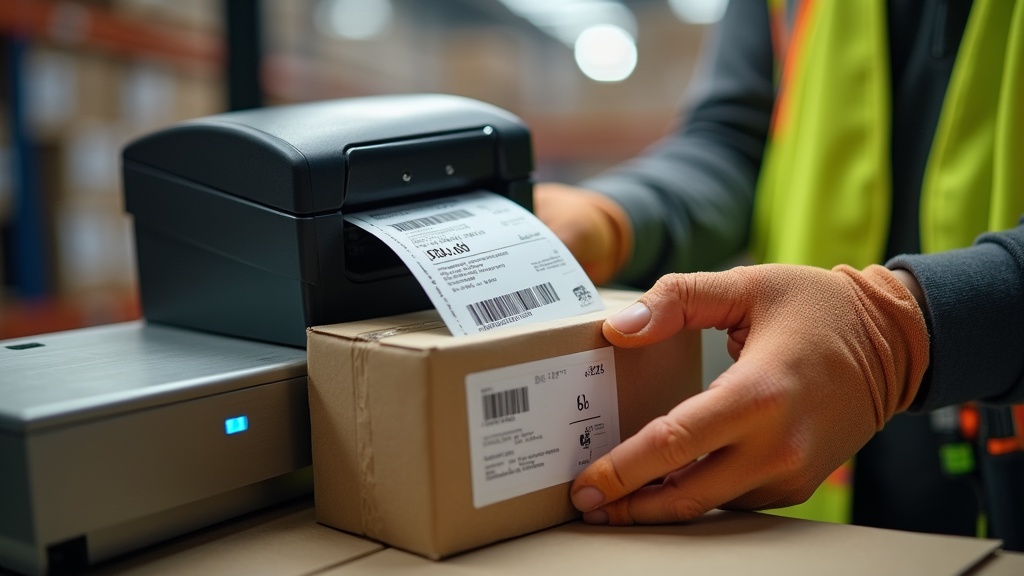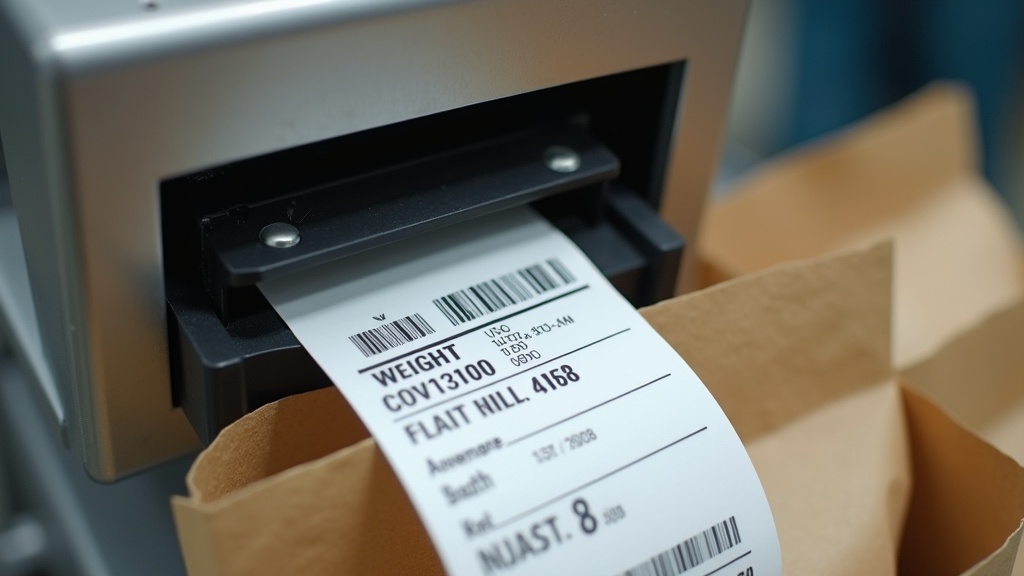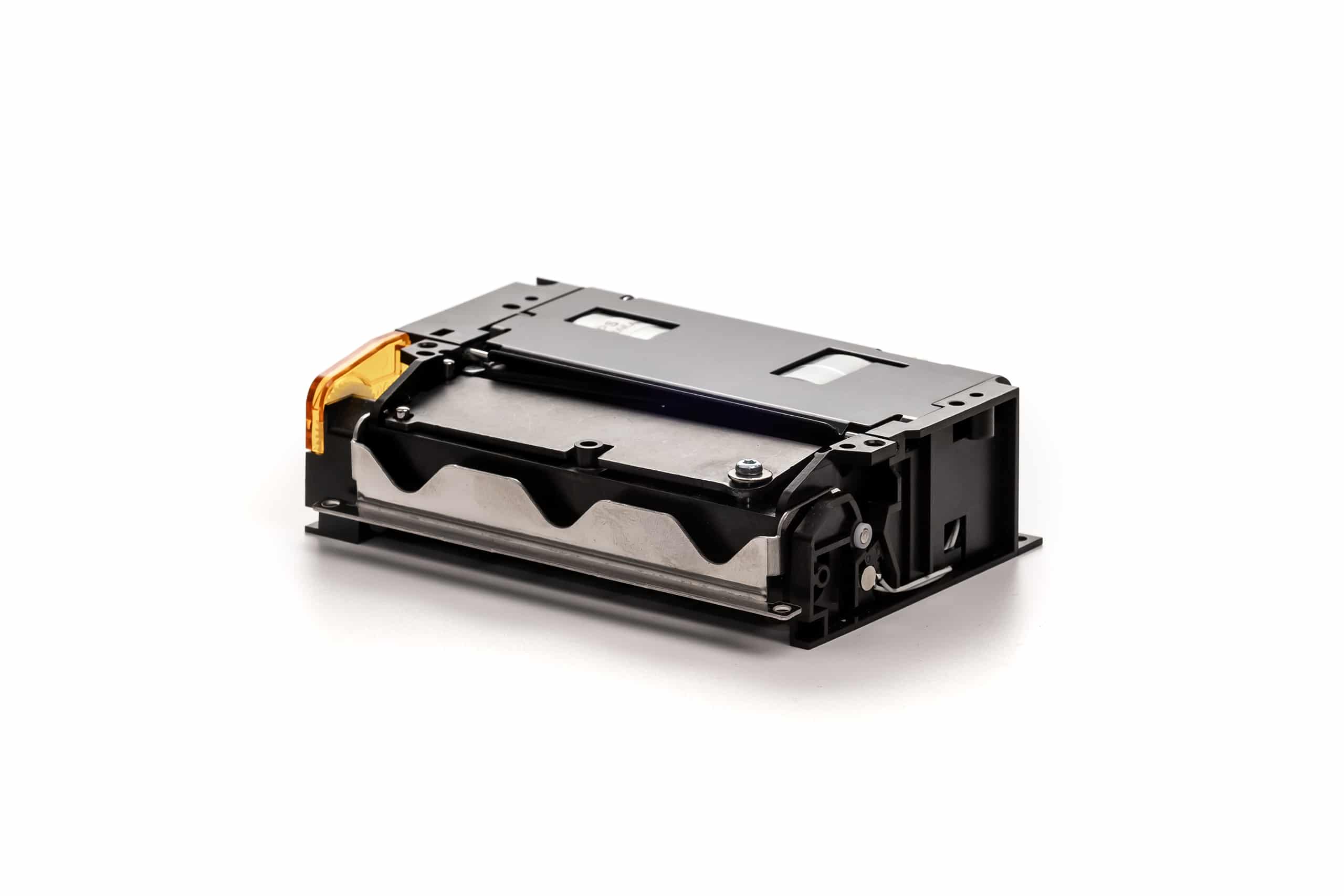
Enhancing efficiency in industrial weighing: The impact of reliable thermal printing
In industrial environments, weighing systems are everywhere—used for production control, inventory tracking, logistics, and regulatory compliance. While the focus is often on sensor precision, data integration, and mechanical robustness, one critical component is often underestimated: the printer.

When printers degrade or fail after repeated stress, they become silent productivity killers — especially in operations running 24/7. Downtime increases, traceability suffers, and compliance becomes risky. At the heart of these challenges lies a simple but essential fact: in industrial weighing systems, reliable thermal printing directly impacts operational efficiency.
Why printing matters more than you think
It’s easy to see the weighing system as a measurement device. But in most industrial use cases, the value comes not just from the weight itself—but from how that information is captured, transmitted, and labeled.
Labeling is the visible, transferable output of the weighing process. A poorly printed or delayed label can halt an automated line, cause a rejection at quality control, or introduce costly errors in shipping and inventory.
This is particularly true in industries such as:
- Food processing and packaging, where labels must remain legible despite cold, humidity, or grease.
- Chemical or pharmaceutical applications, where traceability is non-negotiable.
- Logistics hubs, where thousands of weigh-and-label cycles happen every day with no room for printer failure.
When everything else in the chain is robust, the printer must match that standard—or become the weakest link.
What industrial applications expect from thermal printers
The thermal printer embedded in a weighing system doesn’t operate in a clean office. It may be exposed to moisture, dust, vibration, temperature shifts, or mechanical shocks. This means it must be designed with industrial constraints in mind.
The most common industrial requirements include:
- Compact integration: The printer must fit within a limited housing space, sometimes embedded inside metal enclosures or tight panels.
- High-speed output: Labels need to be printed quickly and clearly to match the pace of the operation.
- Connectivity flexibility: Support for legacy protocols (RS232, TTL) as well as modern interfaces (USB, UART, etc.) is often required to fit into existing architectures.
- Hygienic design: In food-related environments, easy-to-clean surfaces and minimal retention zones are critical.
- Mechanical resilience: Resistance to vibration, repeated shocks, and continuous duty cycles over months or even years.
- Long-term durability: The printer must handle millions of cycles, resist physical wear, and maintain print quality under constant load.
Most consumer-grade or generic POS printers are not suitable in these contexts. OEMs and integrators need thermal printer modules that have been engineered specifically for rugged and process-critical environments.
How thermal printing improves efficiency in weighing operations
The impact of thermal printing quality and reliability is often underestimated—until something goes wrong. A properly selected thermal printer doesn’t just produce labels. It supports the rhythm, accuracy, and stability of the entire process.
Here’s how it contributes to greater operational efficiency:
- Minimized downtime
A reliable thermal printer reduces print errors, paper jams, and maintenance interventions. This directly translates to fewer interruptions on production or packing lines.
Long-term durability isn’t just about resistance to dust or moisture — it’s about consistent performance after years of use. In environments where devices run 12 to 20 hours a day, a printer must maintain its precision without drift, friction wear, or mechanical fatigue. - Faster cycles and reduced latency
Printing speed matters. When thermal printers keep up with the weighing cycle, throughput is maximized, and line congestion is reduced.
- Improved traceability and compliance
Accurate and legible labels ensure that every product, batch, or shipment is properly identified. This is vital for recalls, audits, or quality controls.
- Lower total cost of ownership
Industrial-grade thermal printers are typically maintenance-free (no ink, no ribbons), consume less power, and offer a longer life span. Over time, they reduce replacement costs and service needs.
- Seamless integration into OEM devices
Well-designed thermal modules are easier to embed, program, and configure, which speeds up the time-to-market for new machines or retrofits.
In short, a good thermal printer is not just a peripheral. It’s a performance enabler.
The HSP series: Built for industrial weighing environments
To meet these needs, APS has developed the HSP thermal printer series—compact, reliable, and specifically designed for demanding weighing and labeling applications.
The HSP3208, one of the latest references in this range, combines thermal printing quality with a form factor and feature set ideal for OEM integration. Among its strengths:
- Compact size, allowing installation in tight spaces and sealed housings
- Fast printing speed (up to 80 mm/s) to keep up with high-frequency weigh-and-label cycles
- High reliability with low energy consumption and no need for ink or toner
- Flexible connectivity, including USB and serial interfaces
- Industrial-grade durability, tested across a wide temperature and humidity range. The mechanical components are engineered to withstand high cycle counts, vibrations, and installation in moving or semi-mobile systems. The print mechanism is rated for long operational life with minimal servicing.
This makes the HSP series particularly well-suited for manufacturers of:
- Weight/price labeling systems
- Industrial checkweighers
- Semi-automatic filling or batching machines
- Retail or logistics terminals operating under harsh conditions
APS is also continuously improving the HSP range based on field feedback—whether through enhanced electronics, better paper handling, or improved environmental resistance.
A strategic choice for system integrators
Integrators and OEMs who design weighing systems must balance performance, durability, and cost-efficiency. In many cases, the printer is chosen late in the development cycle—yet it plays a crucial role in how the system will perform in the field.
By selecting a thermal printer that is specifically engineered for industrial weighing applications, integrators reduce risk, streamline certification, and deliver a more robust solution to their customers.
The HSP series is designed not just to meet technical specs, but to perform under real-world conditions—day after day, cycle after cycle.

Final thoughts: Thermal printing is a process-critical function
In industrial weighing, accuracy is only part of the equation. Speed, compliance, and uptime are equally vital—and printing is where all these aspects converge.
Reliable thermal printing is not a convenience. It’s a necessity. It ensures that the value captured by the weighing system is effectively translated into usable, legible, and compliant information.
With the HSP series, APS offers a thermal printing platform that meets today’s industrial challenges while supporting tomorrow’s system evolutions. For OEMs and integrators looking to enhance the efficiency and reliability of their solutions, the printer is not the periphery—it’s at the core.

Ready to upgrade your weiging system?
Discover how the HSP thermal printer series can improve your speed, reliability, and integration time — even in the harshest industrial environments.

